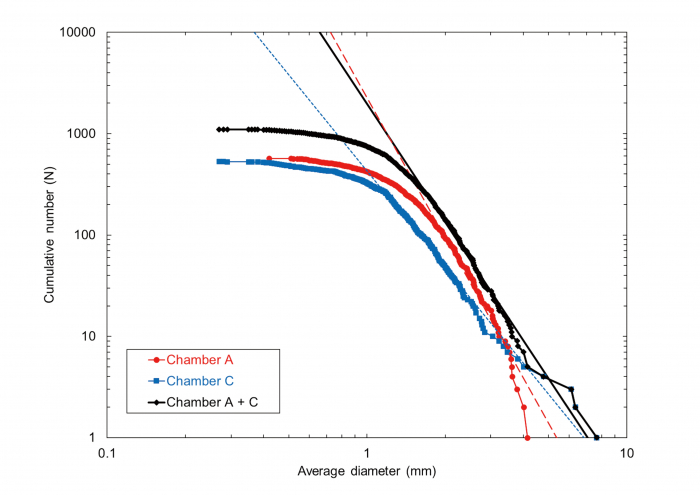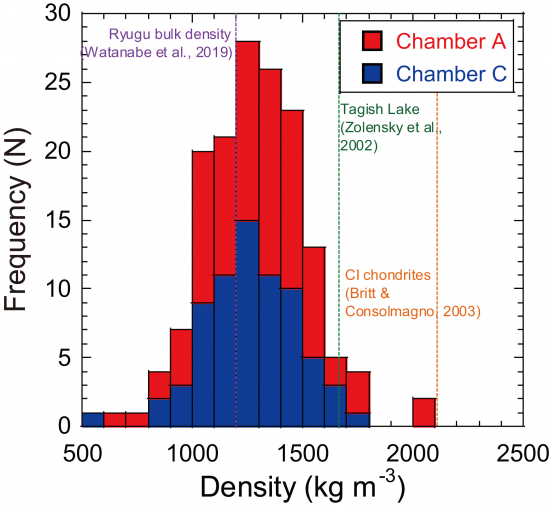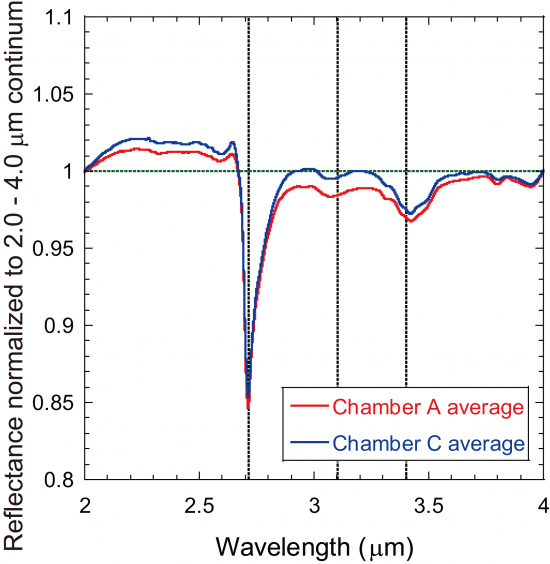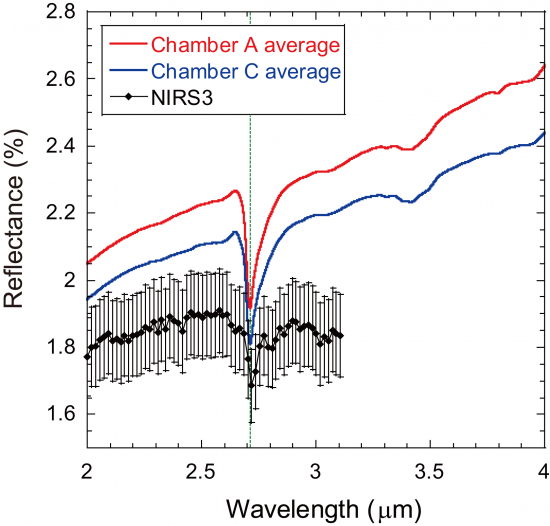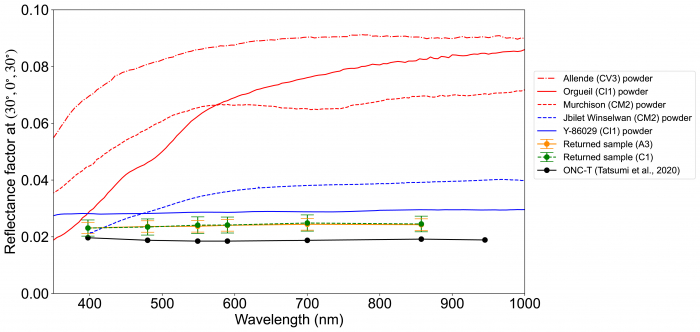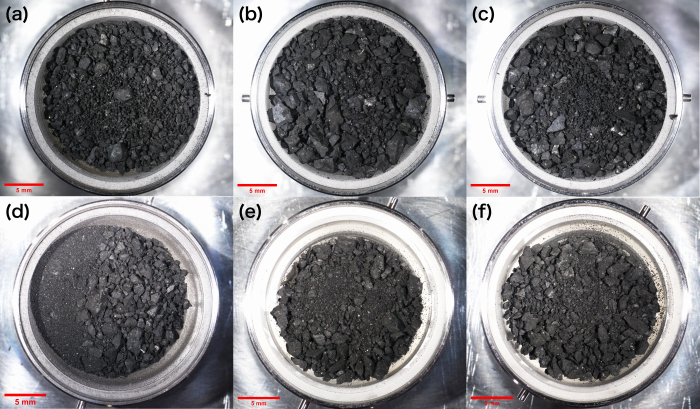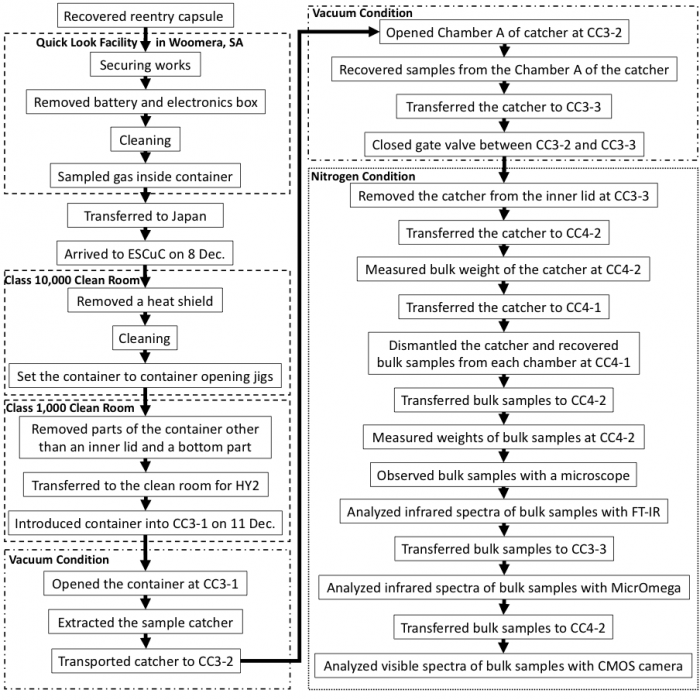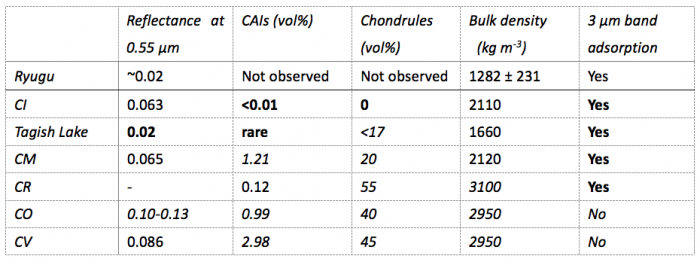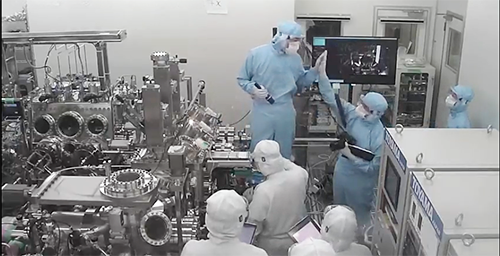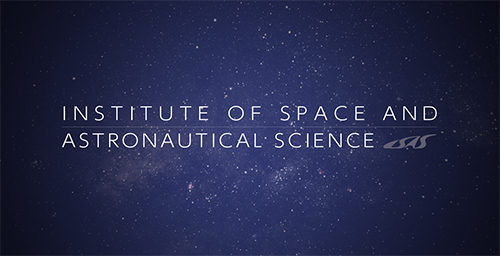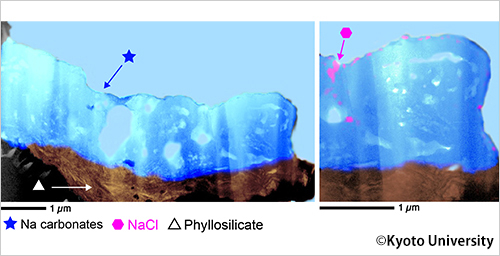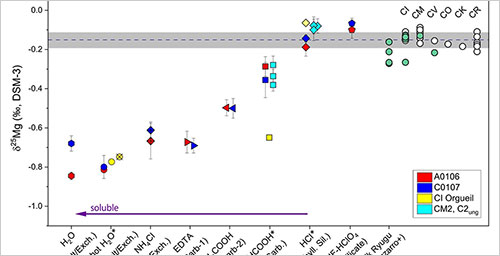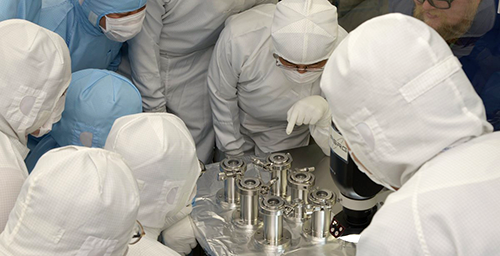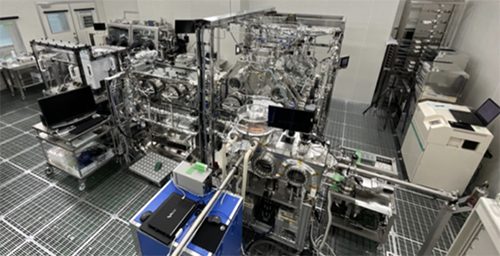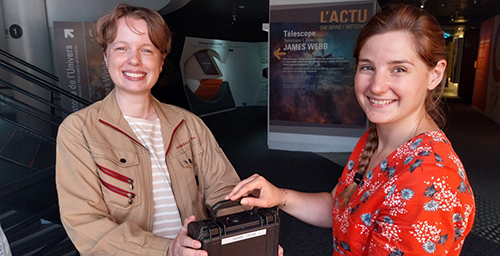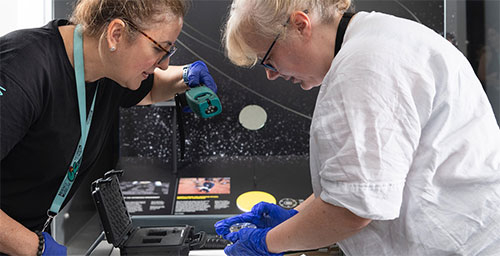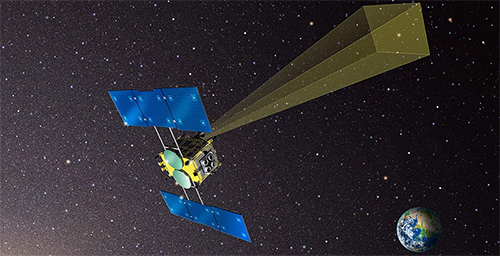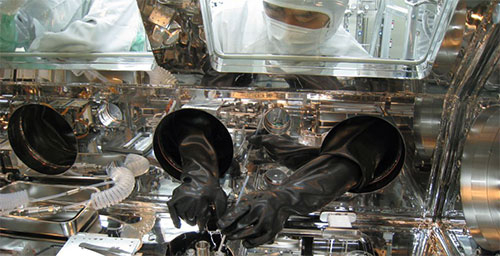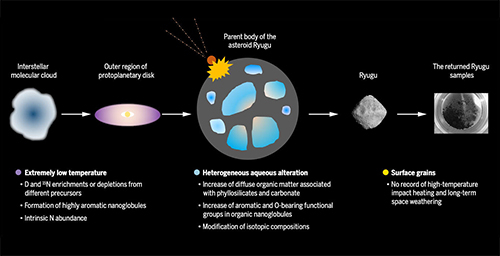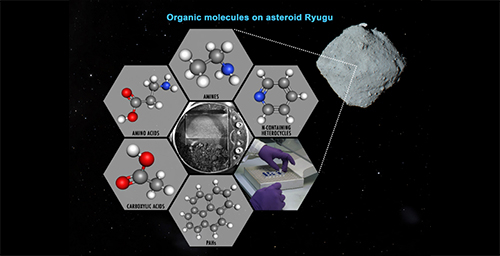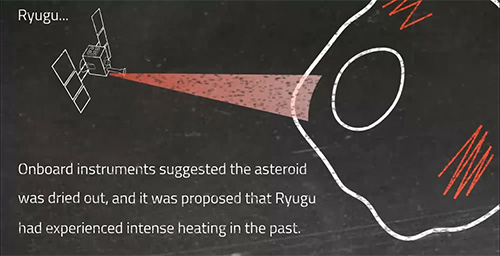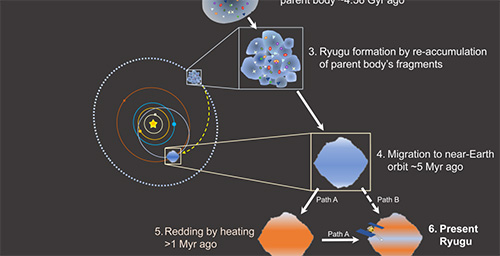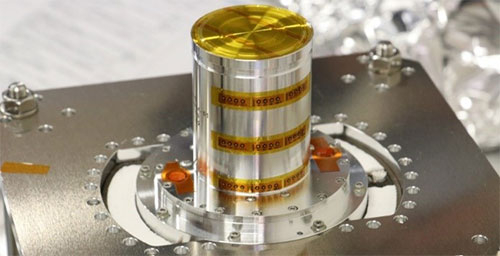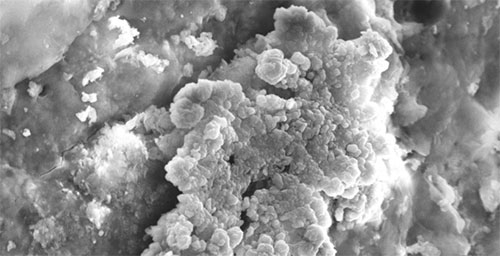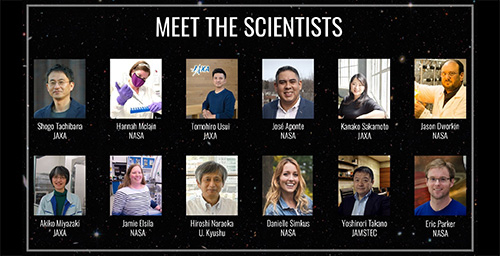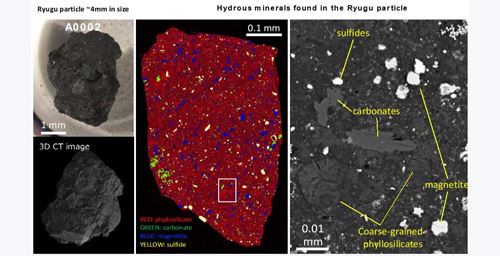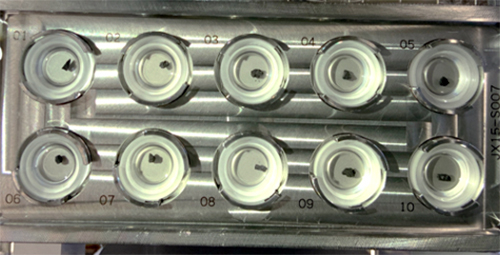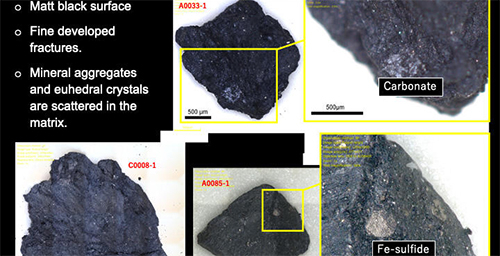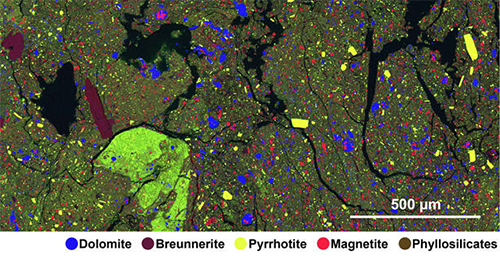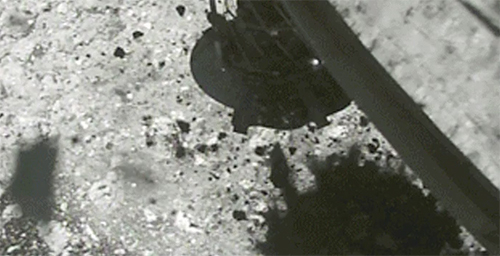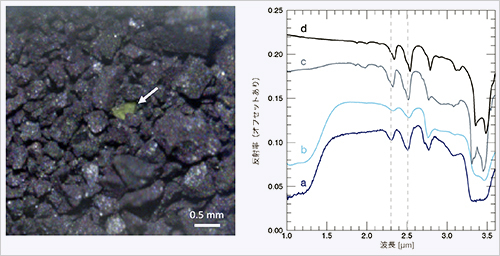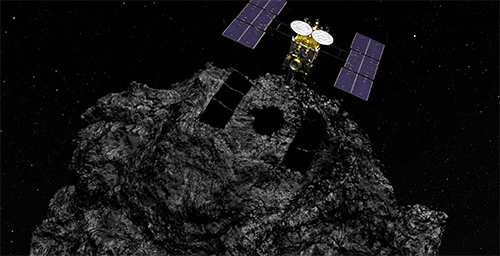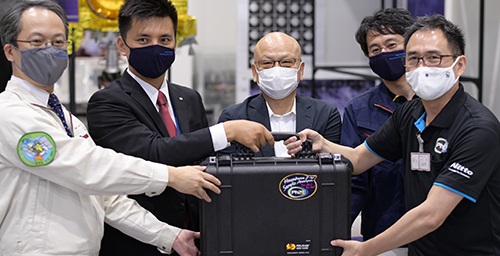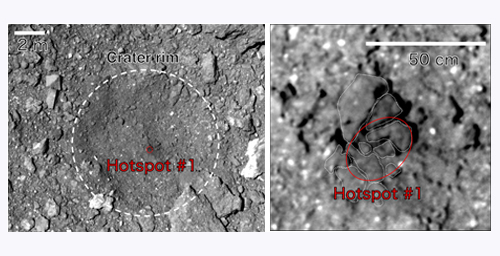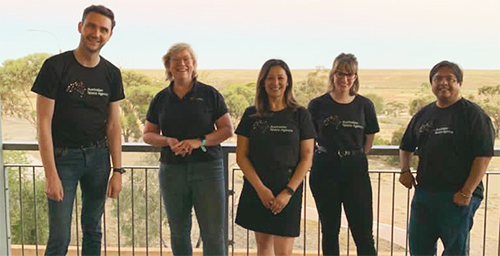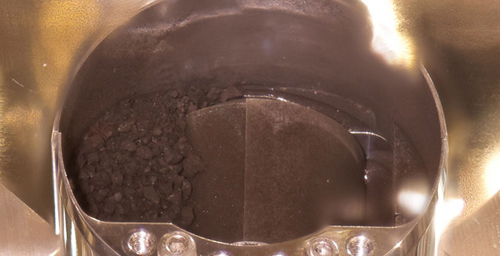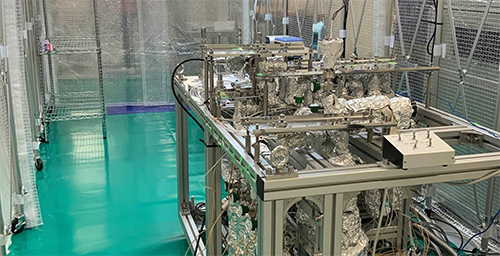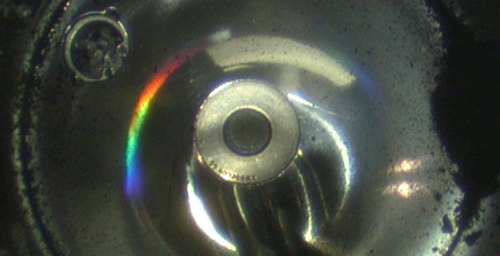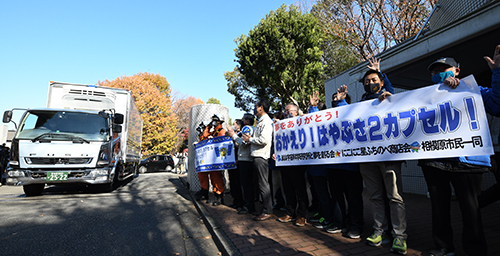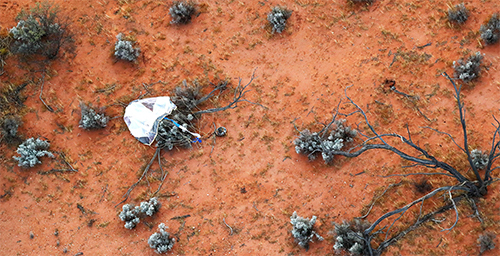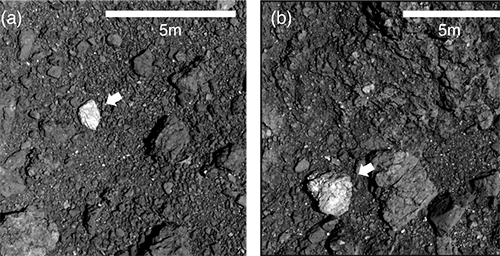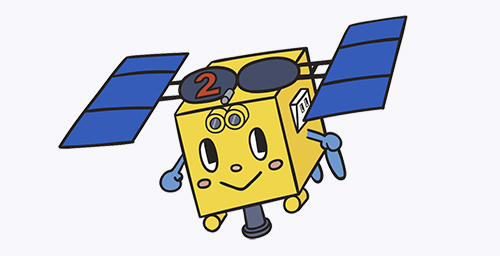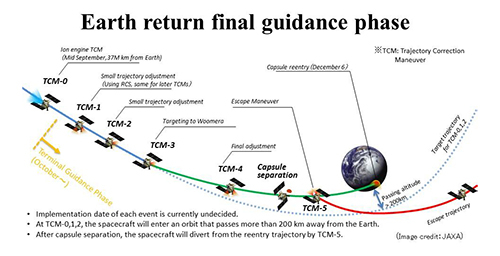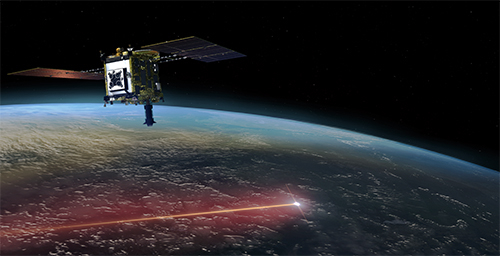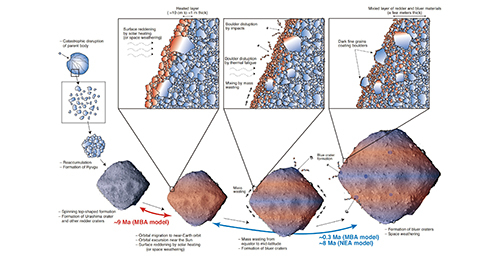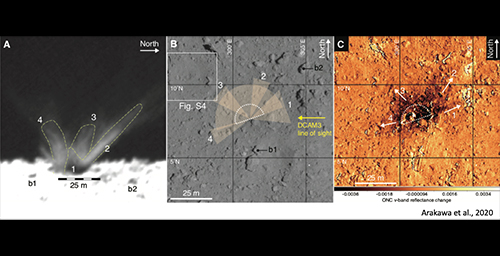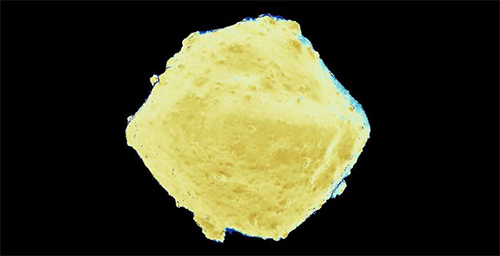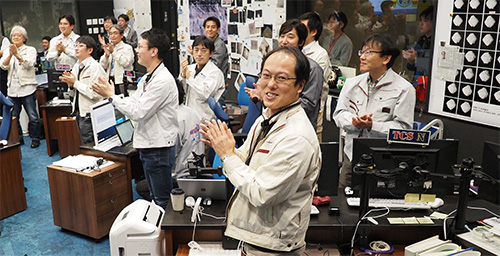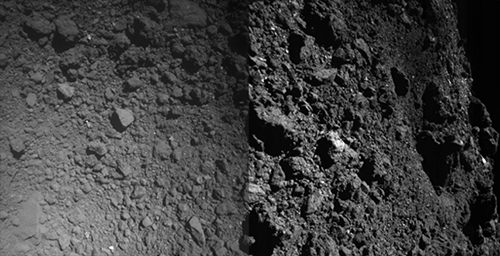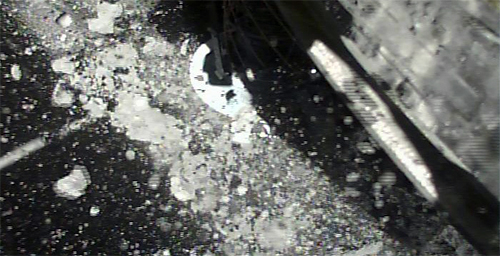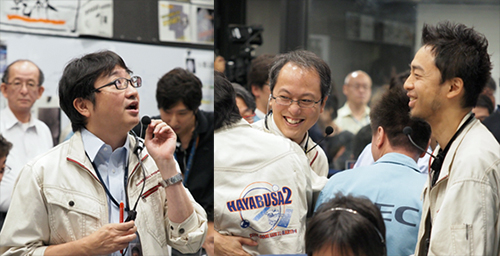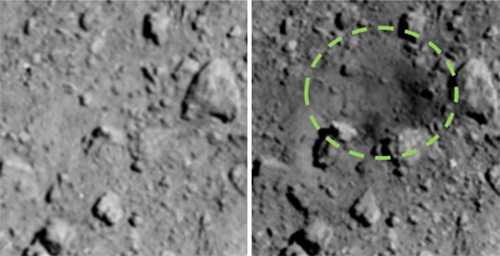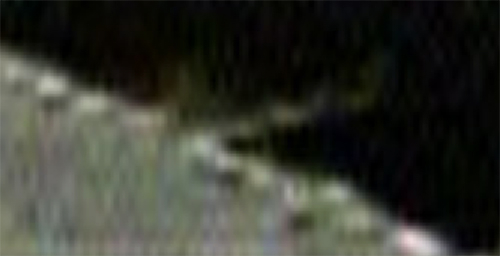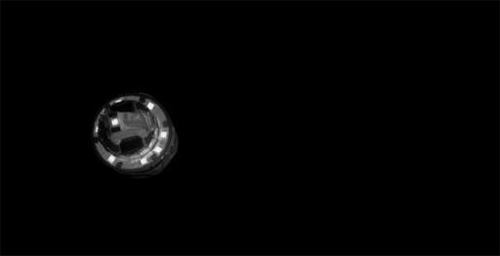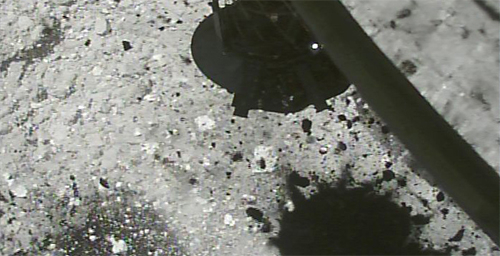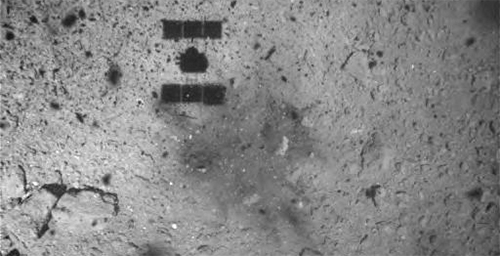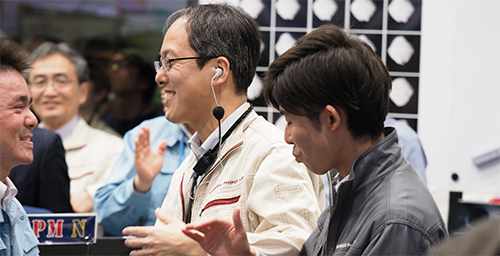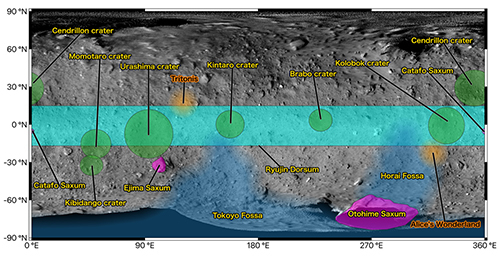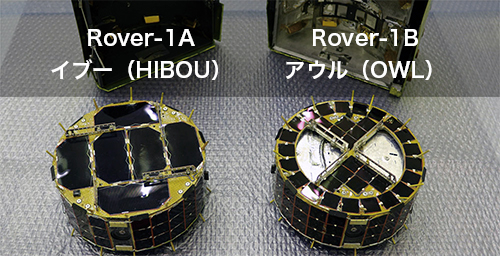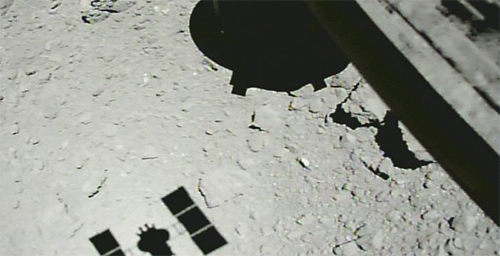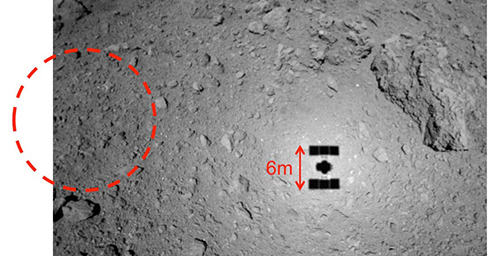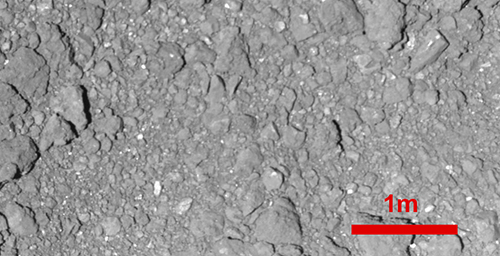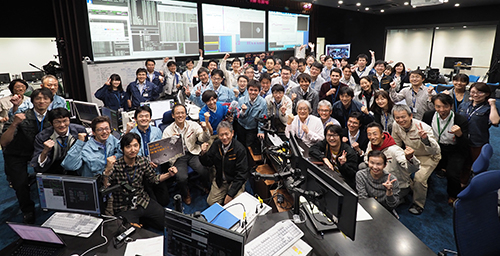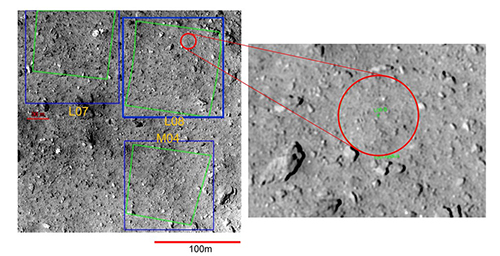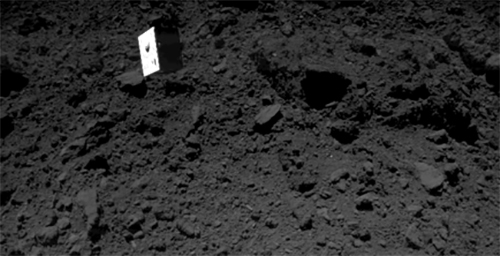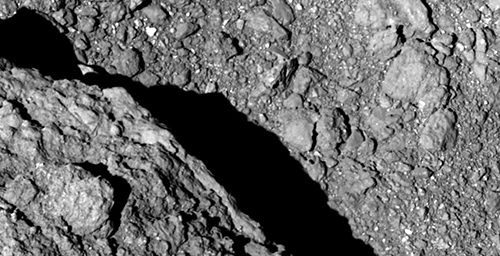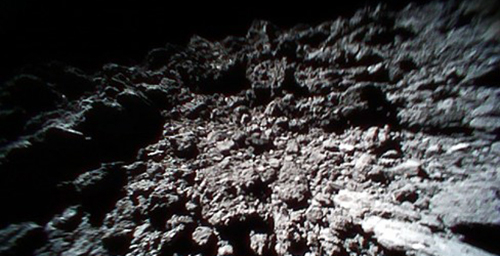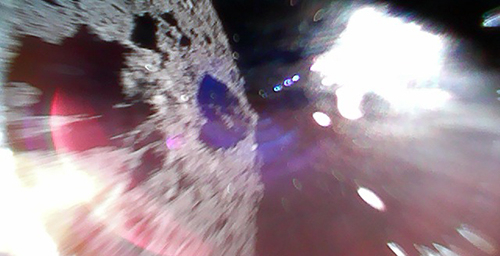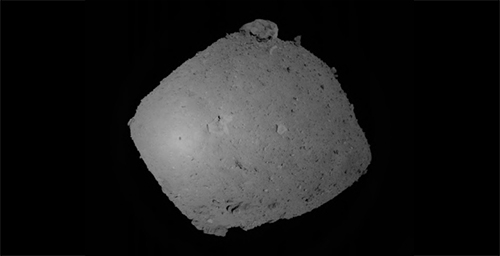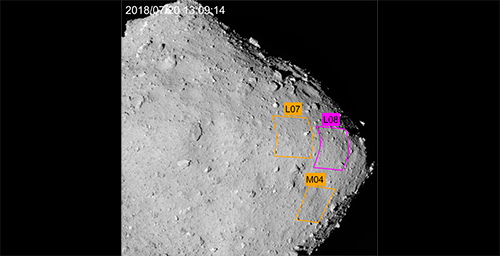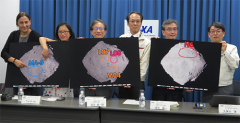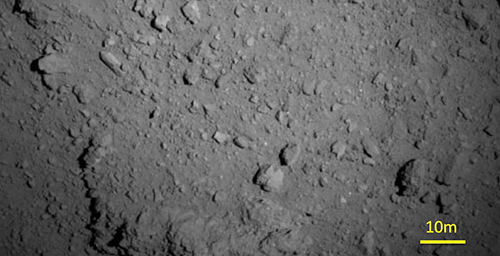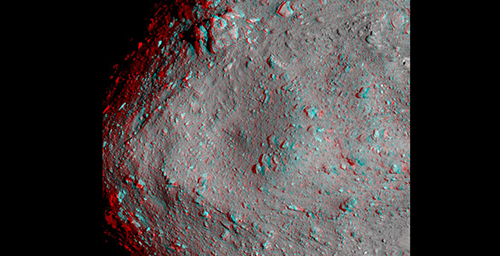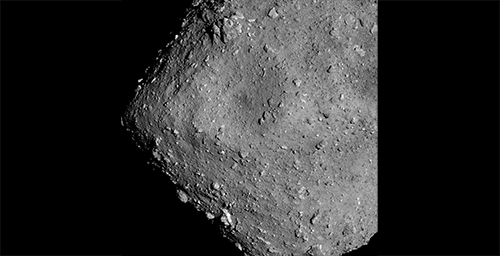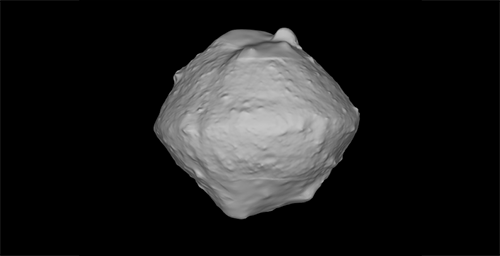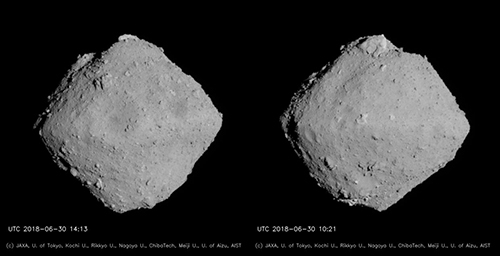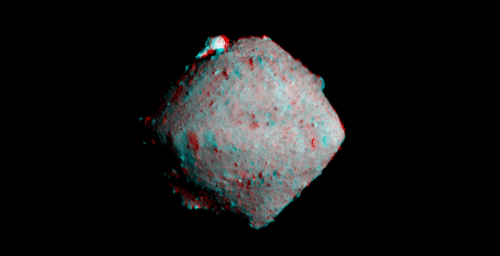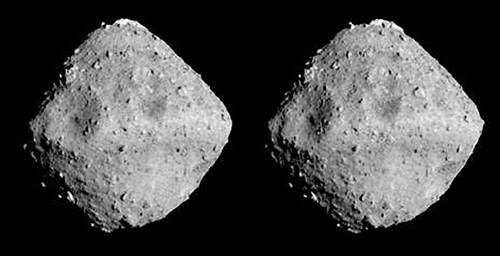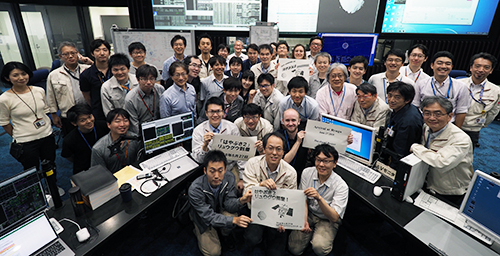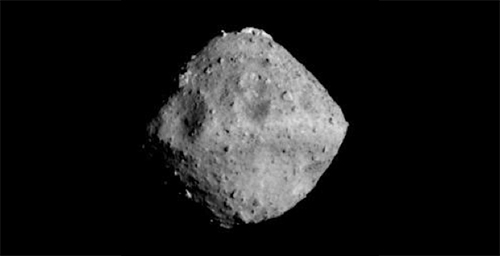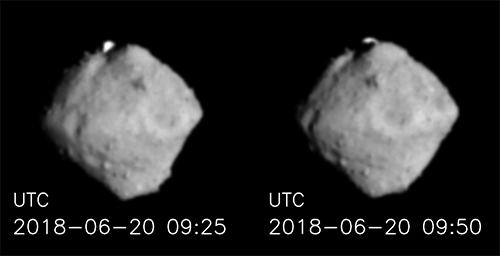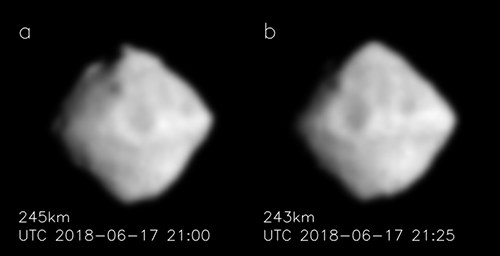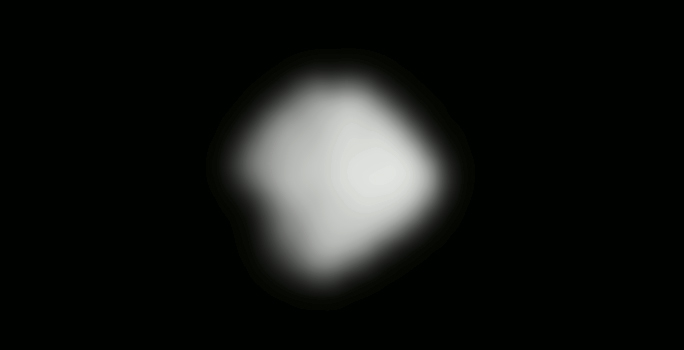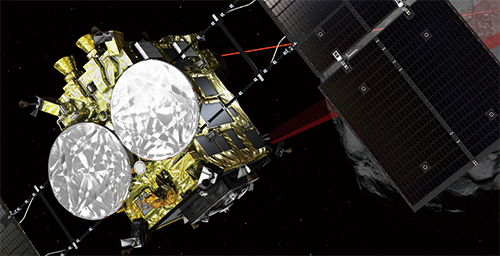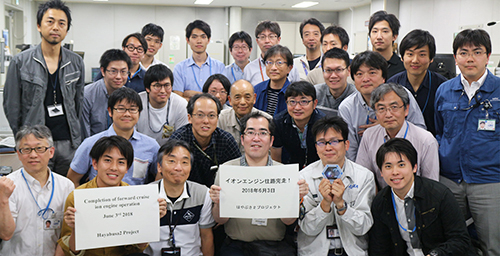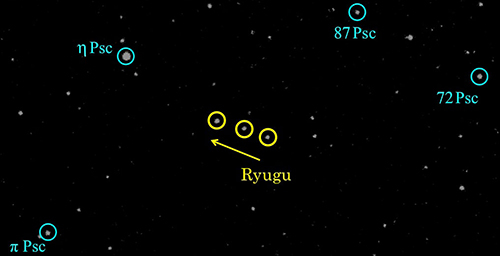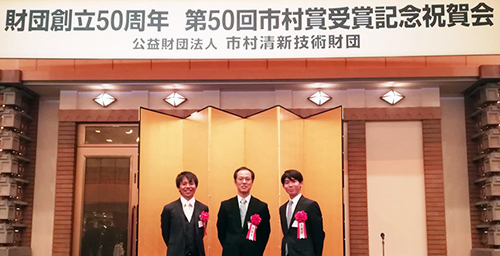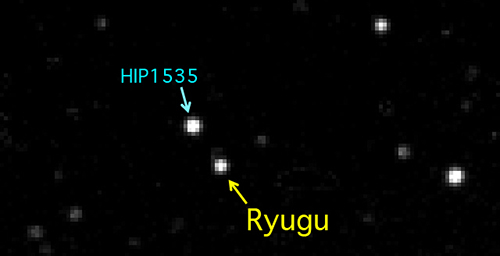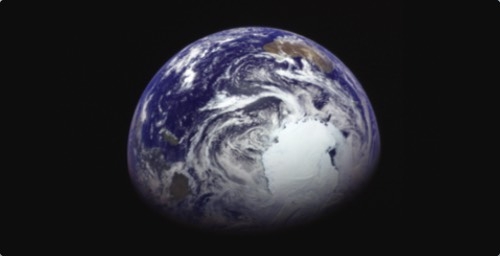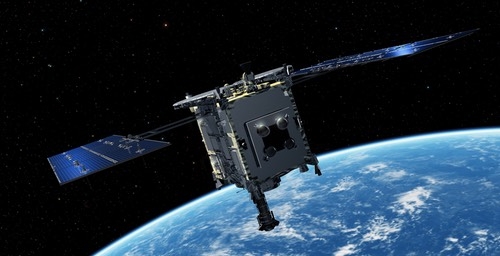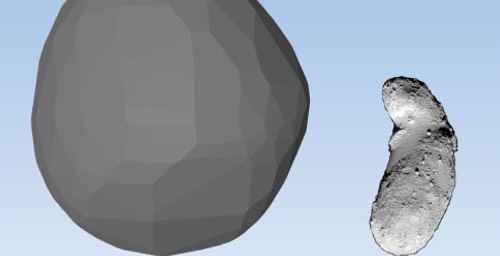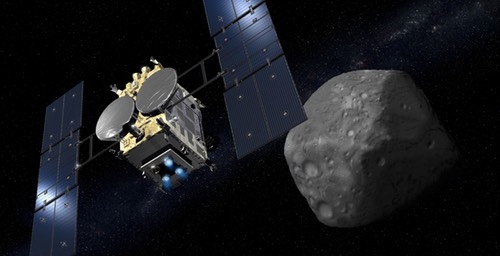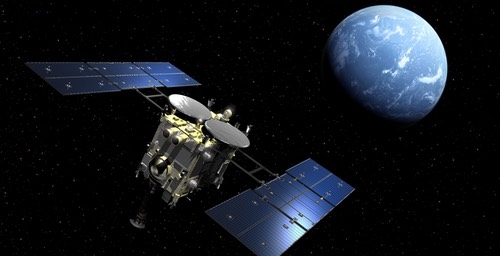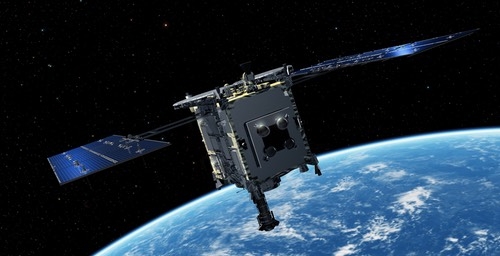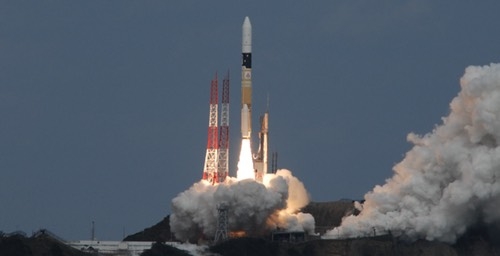Release Summary
Previous work to understand the formation of the Solar System and that of the habitable Earth have focused on analyzing primitive meteorites. From telescope observations, it has been suspected that C-type asteroids are carbon-rich small bodies and are the parent bodies of this meteorite class. However, there has been no physical evidence. In December 2020, JAXA's Hayabusa2 asteroid explorer mission returned a total of 5.4g of sample from two surface locations on the C-type, near-Earth asteroid, Ryugu. As a result of the analysis of the size, weight, visible/near-infrared reflection spectrum of the returned samples, it was revealed that the material reflected the characteristics of the asteroid as a whole that were seen during the on-site imaging observations by the spacecraft, and have the characteristics of primitive material that is rich in water and organic matter. Compared with known meteorites, the sample material was found to resemble primitive meteorites that have a composition close to that of the Sun, but with darker and low density. This demonstrates that Hayabusa2 has returned a sample whose parent body is definitively known and which will give us information about the early stages of the Solar System. The initial analysis was begun in June this year, and this is expected to reveal more of the potential of the sample for advancing our understanding of Solar System formation.
Background
Previous studies of primitive meteorites have provided a great deal of material science evidence for the physical and chemical environment of the early Solar System. However, since the origin of these meteorites is unknown, it has been difficult to trace processes from the early Solar System to our present-day system through the orbital evolution of the originating celestial body. Ground-based observations of asteroids and laboratory analysis of the optical properties of meteorites have suggested that C-type asteroids are the origin of carbonaceous chondrites meteorites, but no direct evidence has been obtained.
Humanity's first sample return from a C-type asteroid
JAXA's Hayabusa2 asteroid explorer (launched in December 2014) twice performed a touchdown sample collection on the near-Earth C-type asteroid Ryugu to gather material from two locations on the surface in February and July 2019. In December 2020, the re-entry capsule holding the sample container of collected material was returned to the Woomera Prohibited Area in Australia. The re-entry capsule was located after landing and brought to a clean booth set-up at the facility in Woomera, and gas samples taken from the container using a gas collection system. After this, the sample container was vacuum sealed and returned to Japan by air. The sample container was brought to the clean room of the JAXA Extraterrestrial Sample Curation Center where the container was cleaned and unnecessary external parts removed before being taken to the Hayabusa2 sample clean chamber and opened in a vacuum environment. The JAXA Astromaterials Science Research Group removed the sample catcher that contained the sample from the container, and for the first time in the world, opened and removed part of the material in a vacuum environment from catcher chamber A where the sample from the first touchdown was stored. The sample catcher containing the main part of the sample was then moved to another chamber where the environment was replaced by a high-purity nitrogen atmosphere. Here, the catcher was weighed and the total weight of the sample, excluding the tare weight, was 5.4g.
Size and density distribution of the returned Ryugu sample
The catcher was then disassembled and the samples in chambers A, B and C were placed into dedicated sapphire glass containers. Material from the first and second touchdowns were stored in chambers A and C, respectively, while chamber B was not used during the sample collection. The second touchdown (in chamber C) collected subsurface material ejected during the SCI impact experiment. From the result of weighing the collected sample together with the container, the total weight of the sample in chamber A was 3.2g, and that in chamber C was 2.0g. The sample was imaged with an optical microscope in the collection containers, and the near-infrared reflection spectrum of the entire sample was obtained using the Fourier transform infrared spectroscopy (FT-IR) instrument and the near-infrared hyperspectral microscope (MicrOmega). A team principally based at the University of Tokyo additionally acquired the visible spectral data of the entire sample using a camera capable of capturing the visible light reflection spectrum in the same six wavelength bands as the ONC-T※1 camera onboard the Hayabusa2 spacecraft.
After completing the initial description on the bulk recovered sample, Ryugu particles were individually picked out from the small sapphire glass containers with vacuum tweezers, and the same initial description as for the bulk sample was performed on these grains. The result of the microscopic observations of the individual Ryugu particles in shown in Figure 1, which plots the size distribution in chamber A, chamber C and that for the entire sample (chambers A + C). The size is the average of the major and minor axes, where the particle is approximated as an ellipse. The vertical axis of Figure 1 shows the cumulative number of particles, and the horizontal axis is a logarithmic measure of the particle size. In this plot, a steeper upward left-sloping line indicates the existence of more smaller particles.
Comparing the size distribution of chambers A and C, it can be seen that chamber A has a steeper distribution slope and therefore a larger proportion of smaller grains. The size distribution of the entire population of the individual Ryugu particles can also be compared with the sizes distribution of boulders over the Ryugu surface obtained from images captured by the Hayabuasa2 spacecraft during low surface descents in touchdown rehearsal operations. This comparison revealed that the size distribution of returned particles was steeper than that of the boulders on Ryugu, pointing to a large proportion of finer particles in the returned sample. It is not clear if this difference is due to the characteristics of the original Ryugu surface regolith particles, or if it is due to granulation and size-sorting that occurred during sampling and subsequent processes.
Figure 1: size distribution of particles in the Ryugu sample in chamber A (red line, first touchdown), chamber C (blue line, second touchdown including subsurface material) and the combined sample (black line). Dashed lines show the steepness of the slope, where a steeper slope indicates more small particles (from Figure 1 in Yada et al. 2021).
Figure 2 shows the bulk density distribution of the individual Ryugu particles, calculated from weighed values of the particles and their estimated volume using a volume estimation formula for irregular-sized particles based on the triaxial averaged particle size calculated from the microscopic images of the individual Ryugu particles. No big difference is shown in the density of particles in chambers A and C, and the average value was found to be 1282 kg/m3. The average bulk density for CI chondrites※2, which are one of subgroups of carbonaceous chondrites※3 and closest to the average elemental composition of the Solar System, is 2120 kg/m3, and the bulk density of the Tagish Lake meteorite, which is the lowest density meteorite found, is 1660 kg/m3. The Ryugu particles have therefore lower densities than any meteorite. Assuming that the grain density of the Ryugu sample matches that of CI chondrites, the porosity of the Ryugu particles is estimated to be 46%. This is consistent with the range of porosity (30 ~ 50%) estimated by observations from the spacecraft's thermal infrared imaging camera, TIR※4.
Figure 2: Average density of particles within the Ryugu sample in chamber A (from the first touchdown) and chamber C (from the second touchdown). The two samples show the same density distribution, which is lower than that of other meteorites (from Figure 2 in Yada et al. 2021).
Optical characteristics of the returned Ryugu sample
Figure 3(a) shows the plot of the infrared reflectance spectrum for the entire sample in chambers A and C obtained by the FT-IR instrument, with the vertical axis reflectance normalized to the continuum between 2.0µm - 4.0µm. Figure 3(b) shows the comparison with the global reflectance spectrum from Ryugu that was observed by the near-infrared spectrometer (NIRS3※5) onboard Hayabusa2, with the vertical axis now showing the unadjusted reflectance. Figure 3(a) shows a large absorption feature at 2.72µm for the sample in both chamber A and C. This points to an abundance of minerals containing the OH group, suggesting the existence of phyllosilicates which are typical of hydrous minerals. Additional shallow absorption is seen around 3.4µm, further suggesting the presence of C-H bonds in organic matter or carbonate minerals. Low absorption seen near 3.1µm also suggests the presence of compounds containing N-H bonds that have been previously found in asteroids such as 1 Ceres. When combined with the lack of observed high temperature components such as chondrules※6 and calcium-aluminum-rich inclusions (CAIs)※7 in microscopic observations, the Ryugu sample is considered to be the closest of all meteorites to CI chondrites, which have characteristics closest to the average elemental composition of the Solar System. The comparison with the global infrared reflection spectrum of Ryugu from NIRS3 in Figure 3(b) shows that the characteristics of the large absorption at 2.72µm, as well as the very low reflectance of 2%, were well matched in the returned sample. The returned sample therefore appears to be a representative sample that reflects the overall characteristics of asteroid Ryugu.
Figure 3: (a) reflectance spectra of the bulk sample in chamber A and C, showing strong absorption lines that indicate hydrated minerals. (b) shows the spectra of the sample together with that of the asteroid taken by the NIRS3 instrument onboard Hayabusa2. The similarity indicates that the sample is representative of the asteroid (from figure 3 in Yada et al. 2021).
Figure 4 shows the reflection spectrum for the bulk sample in chambers A and C in the six wavelength bands that were also observed by the visible spectroscopic camera (ONC-T) onboard Hayabusa2 for the whole of Ryugu, alongside laboratory measurements of carbonaceous chondrite meteorites. All photometric conditions are at an incident angle of 30 degrees, and emitted angle of 0 degrees. The spectra of the observation data from the Ryugu asteroids and that from the bulk samples in chambers A and C are equivalent, indicating again that the returned sample is representative of the surface layer of the asteroid, similar to the results from the infrared reflection spectrum. The returned sample differs again from the various carbonaceous chondrites shown for reference in its darker and flatter characteristics, and is also darker than the CI chondrites that it resembles most closely.
Figure 4: Comparison of the reflection spectra for the bulk samples in chamber A and B (orange and green lines) and the global asteroid Ryugu observed by the ONC-T camera onboard Hayabusa2 (black lines) at six different wavelength bands. For comparison, the spectra carbonaceous chondrites are also plotted with CI chondrites labelled "CI" in the caption (from figure 4 in Yada et al. 2021).
What the initial description of the Ryugu sample revealed
To summarise the above results, the sample returned from asteroid Ryugu is typical of the surface layer of the asteroid, and features in the visible and near-infrared spectra as well as microscopic observations show no high-temperature components. The known meteorite class that is most similar to asteroid Ryugu is therefore CI chondrites, but differences include the lower density and reflectance of Ryugu. From here, we can provide reference information for further detailed analysis, i.e. the initial analysis, Phase2 curation work and the announcement of opportunity for analyses. This initial description can be also used as a good example for future sample return missions by Japan and abroad for the extent of the process needed in the initial stage of curation.
Extended Figure 1 (Yada et al. 2021)
Extended Figure 2 (Yada et al. 2021)
Extended Table1 (Yada et al. 2021)
Keywords: Hayabusa2, Ryugu, C-type asteroid, sample return, carbonaceous chondrite, size distribution, density, infrared reflection spectrum, visible spectroscopic spectrum
Glossary
※1 ONC-T:the multi-band visible camera onboard Hayabusa2, capable of imaging in six wavelength ranges (ul: 0.39µm, b: 0.48µm, v: 0.55 µm, Na: 0.59 µm, w: 0.70 µm, x: 0.85 µm) to acquire visible spectra data.
※2 CI chondrite:a type of carbonaceous chondrite with a composition closest to the average elemental composition of the (Sun) Solar System out of known meteorites.
※3 Carbonaceous chondrite:a primitive meteorite rich in organic carbon that accounts for 4% of the meteorites that fall to Earth.
※4 TIR:The thermal infrared camera onboard Hayabusa2, capable of imaging in the thermal infrared wavelength range to allow the temperature distribution on the asteroid to be explored.
※5 NIRS3:The near-infrared spectrometer onboard Hayabusa2, capable of acquiring infrared reflective spectrum of the asteroid surface to give the distribution of minerals, water, organic matter etc.
※6 Chondrules:spherical inclusions with sizes of about 0.1 ~ 3mm that are found in chondrules and primitive meteorites. Primitive meteorites that contain chondrules are call chondrites. Generally, the presence of chondrules indicates a formation age that is about 1 million years younger than the CAIs described below.
※7 CAI:white, irregular shaped inclusions that are found in primitive meteorites ranging in size from 0.1 ~ 10mm in size and mainly composed of high-temperature condensed minerals such as calcium and aluminum oxides. These have a formation age of 4.567 billion years; the oldest of any components in primitive meteorites.
Publication information
Paper title:Preliminary analysis of the Hayabusa2 samples returned from C-type asteroid Ryugu.
Journal title: Nature Astronomy, 21 December 2021 (JST)
DOI:10.1038/s41550-021-01550-6
Corresponding Author:YADA Toru, Astromaterials Science Research Group, ISAS
Authors:
Masanao Abe1,2, Tatsuaki Okada1,3, Aiko Nakato1, Kasumi Yogata1, Akiko Miyazaki1, Kentaro Hatakeda1,4, Kazuya Kumagai1,4, Masahiro Nishimura1, Yuya Hitomi1,4, Hiromichi Soejima1,4, Miwa Yoshitake1,X, Ayako Iwamae1,4,Y, Shizuho Furuya1,3, Masayuki Uesugi1,19, Yuzuru Karouji1,20, Tomohiro Usui1, Tasuku Hayashi1, Daiki Yamamoto1, Ryota Fukai1, Seiji Sugita3, Yuichiro Cho3, Koki Yumoto3, Yuna Yabe3, Jean-Pierre Bibring5, Cedric Pilorget5, Vincent Hamm5, Rosario Brunetto5, Lucie Riu1,5, Lionel Lourit5, Damien Loizeau5, Guillaume Lequertier5, Aurelie Moussi-Soffys6, Shogo Tachibana3, Hirotaka Sawada1, Ryuji Okazaki7, Yoshinori Takano8, Kanako Sakamoto1, Yayoi N. Miura3, Hajime Yano1, Trevor R. Ireland9, Tetsuya Yamada1, Masaki Fujimoto1, Kohei Kitazato10, Noriyuki Namiki11, Masahiko Arakawa12, Naru Hirata10, Hisayoshi Yurimoto13, Tomoki Nakamura14, Takaaki Noguchi15, Hikaru Yabuta16, Hiroshi Naraoka7, Motoo Ito17, Eizo Nakamura18, Kentaro Uesugi19, Katsura Kobayashi18, Tatsuhiro Michikami21, Hiroshi Kikuchi1, Naoyuki Hirata12, Yoshiaki Ishihara20, Koji Matsumoto11, Hirotomo Noda11, Rina Noguchi1,22, Yuri Shimaki1, Kei Shirai1,12, Kazunori Ogawa20, Koji Wada23, Hiroki Senshu23, Yukio Yamamoto1, Tomokatsu Morota24, Rie Honda25, Chikatoshi Honda10, Yasuhiro Yokota1, Moe Matsuoka1,26, Naoya Sakatani27, Eri Tatsumi3,28, Akira Miura1, Manabu Yamada23, Atsushi Fujii1,29, Chikako Hirose30, Satoshi Hosoda1, Hitoshi Ikeda30, Takahiro Iwata1,2, Shota Kikuchi1,23, Yuya Mimasu1, Osamu Mori1, Naoko Ogawa1,20, Go Ono30, Takanobu Shimada1,20, Stefania Soldini1,31, Tadateru Takahashi1,32, Yuto Takei1, Hiroshi Takeuchi1, Ryudo Tsukizaki1, Kent Yoshikawa30, Fuyuto Terui1,33, Satoru Nakazawa1, Satoshi Tanaka1,2,34, Takanao Saiki1, Makoto Yoshikawa1,2, Sei-ichiro Watanabe24, Yuichi Tsuda1,2
[1] Institute of Space and Astronautical Science, Japan Aerospace Exploration Agency, Sagamihara 252-5210, Japan,
[2] The Graduate University for Advanced Studies (SOKENDAI), Hayama 240-0193, Japan
[3] University of Tokyo, Bunkyo, Tokyo 113-0033, Japan,
[4] Marine Works Japan, Ltd., Yokosuka 237-0063, Japan,
[5] Institut d'Astrophysique Spatiale, Université Paris-Saclay, CNRS, 91400 Orsay, France,
[6] Centre National d'Etudes Spatiales, 18 Avenue E. Belin, 31401 Toulouse, France,
[7] Kyushu University, Fukuoka 819-0395, Japan.
[8] Japan Agency for Marine-Earth Science and Technology, Kanagawa 237-0061, Japan.
[9] The University of Queensland, St Lucia QLD 4072, Australia.
[10] The University of Aizu, Aizu-Wakamatsu 965-8580, Japan,
[11] National Astronomical Observatory of Japan, Mitaka 181-8588, Japan,
[12] Kobe University, Kobe 657-8501, Japan,
[13] Hokkaido University, Sapporo 060-0810, Japan.
[14] Tohoku University, Sendai 980-8578, Japan.
[15] Kyoto University, Kyoto 606-8501, Japan
[16] Hiroshima University, Higashi-Hiroshima 739-8526, Japan.
[17] Kochi Institute for Core Sample Research, JAMSTEC, Nankoku, Kochi 783-8502, Japan
[18] Institute for Planetary Materials, Okayama University, Misasa, Tottori 682-0193, Japan.
[19] Japan Synchrotron Radiation Research Institute, SPring-8, Hyogo 679-5198, Japan.
[20] JAXA Space Exploration Center, Japan Aerospace Exploration Agency, Sagamihara,252-5210, Japan.
[21] Kindai University, Higashi-Hiroshima 739-2116, Japan.
[22] Niigata University, Niigata 950-2181, Japan.
[23] Chiba Institute of Technology, Narashino 275-0016, Japan.
[24] Nagoya University, Nagoya 464-8601, Japan.
[25] Kochi University, Kochi 780-8520, Japan.
[26] Observatoire de Paris, F-92195 Meudon, France.
[27] Rikkyo University, Tokyo 171-8501, Japan.
[28] Instituto de Astrofísica de Canarias, University of La Laguna, Tenerife, Spain.
[29] Space Engineering Development Co., Ltd., Sagamihara 252-5210, Japan.
[30] Research and Development Directorate, JAXA, Sagamihara 252-5210, Japan.
[31] University of Liverpool, Liverpool L69 3BX, UK.
[32] NEC Corporation, Fuchu 183-8501, Japan.
[33] Kanagawa Institute of Technology, Atsugi 243-0292, Japan.
[34] University of Tokyo, Kashiwa 277-8561, Japan,
[X] Current address: Japan Patent Office, Chiyoda, Tokyo 100-8915, Japan
[Y] Current address: Toyo University, Bunkyo, Tokyo 112-8606, Japan.

